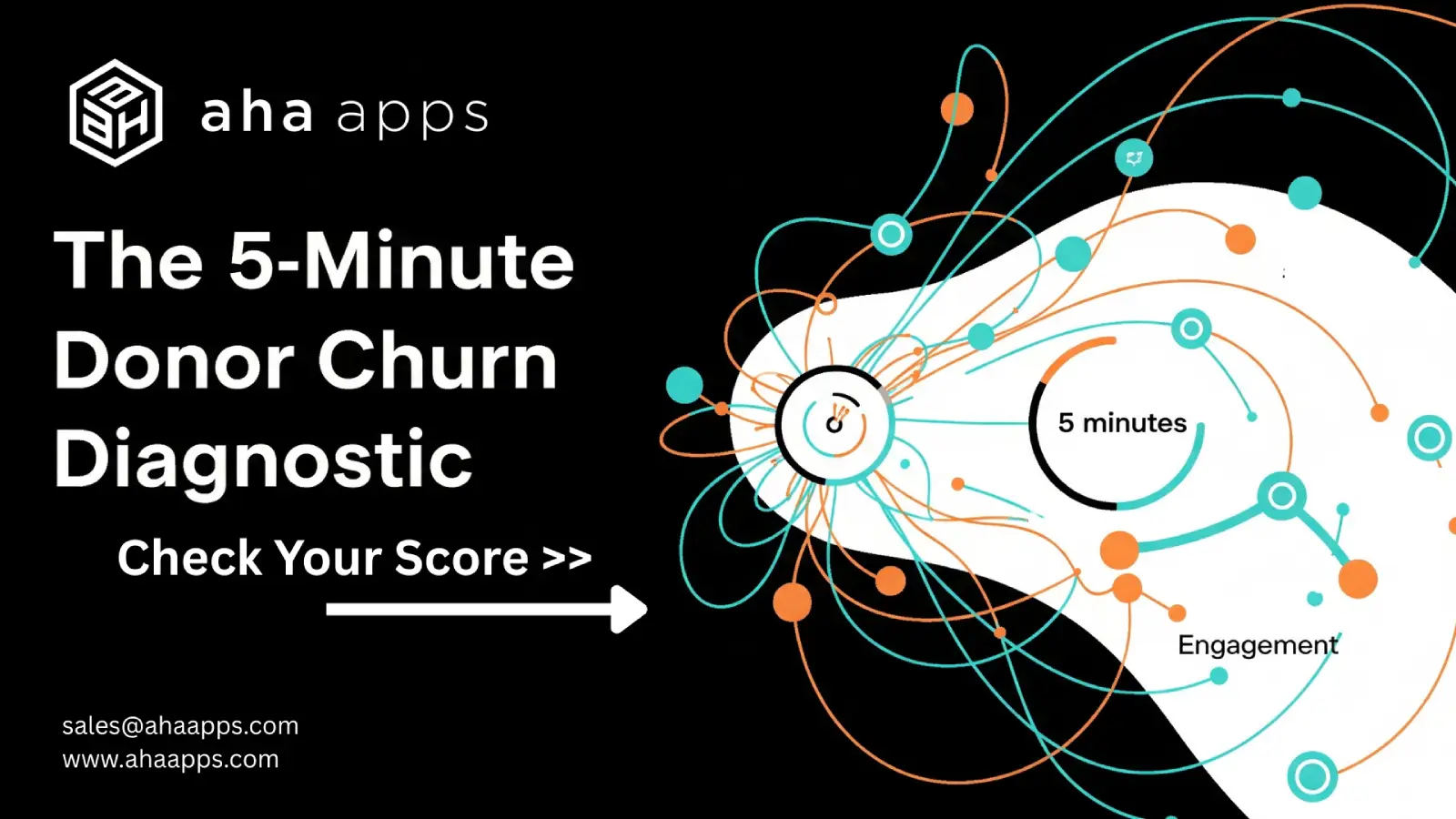 Are “Free” Fundraising Platforms Really Free for Nonprofits?
Are “Free” Fundraising Platforms Really Free for Nonprofits?

It’s a tempting offer! Many fundraising platforms for nonprofits advertise “0% platform fees,” which sounds like a fantastic deal, especially for budget-conscious organizations. However, “free” usually just means the platform fee itself is waived. These platforms often generate revenue through other means, which can add up:
1. Tipping Models: This is a primary method. During checkout, donors are prompted (often strongly, sometimes with pre-selected defaults) to add an extra “tip” – typically 15-20% – to “support the platform”. While presented as optional, this lack of upfront clarity can lead to donor confusion when they see a higher charge than expected. These tipping fundraising platforms rely heavily on this model, even while marketing themselves as “free”.
2. Payment Processing Fees: Don’t forget the standard transaction costs. Credit card and bank processing fees (usually around 2.2%–2.9% plus a small fixed fee per transaction) almost always still apply, just like with most online payment systems. These are separate from any “platform fees.”
How do “free” platforms limit your donor data?
They use a “growth penalty” model in two ways:
A. Feature Gating: This is the most common trap with “freemium” CRMs. They let you store your donor data for free, but they restrict your access to the features you need to use it. Essential tools like building custom reports, creating automated donor journeys, or advanced segmentation are often disabled, forcing you to upgrade to a paid plan to do your job.
B. Contact Caps: Some free plans cap the number of donor records you can even store. The moment you grow beyond that small limit, you’re forced to pay.
In contrast, many of our paid competitors (like Bloomerang) use a similar “penalty” model: their price is based on the number of records you have. At Aha Impact, we believe that’s wrong. Our price is based on your team size (per user), and you get unlimited records and all your core features, even on our base plan
Ultimately, a lack of fundraising platform transparency regarding these revenue streams can mislead both nonprofits and their donors. It’s crucial to investigate all potential costs and limitations associated with seemingly free tools for nonprofits to ensure they align with your budget and relationship-building goals.
Want to understand the full cost breakdown and avoid hidden fees that erode donor trust nonprofit? Read our complete analysis on the hidden costs of “free” platforms.
Read the Blog: The Hidden Cost of “Free” Fundraising Platforms for Nonprofits: Is Your Donor Trust at Risk?


